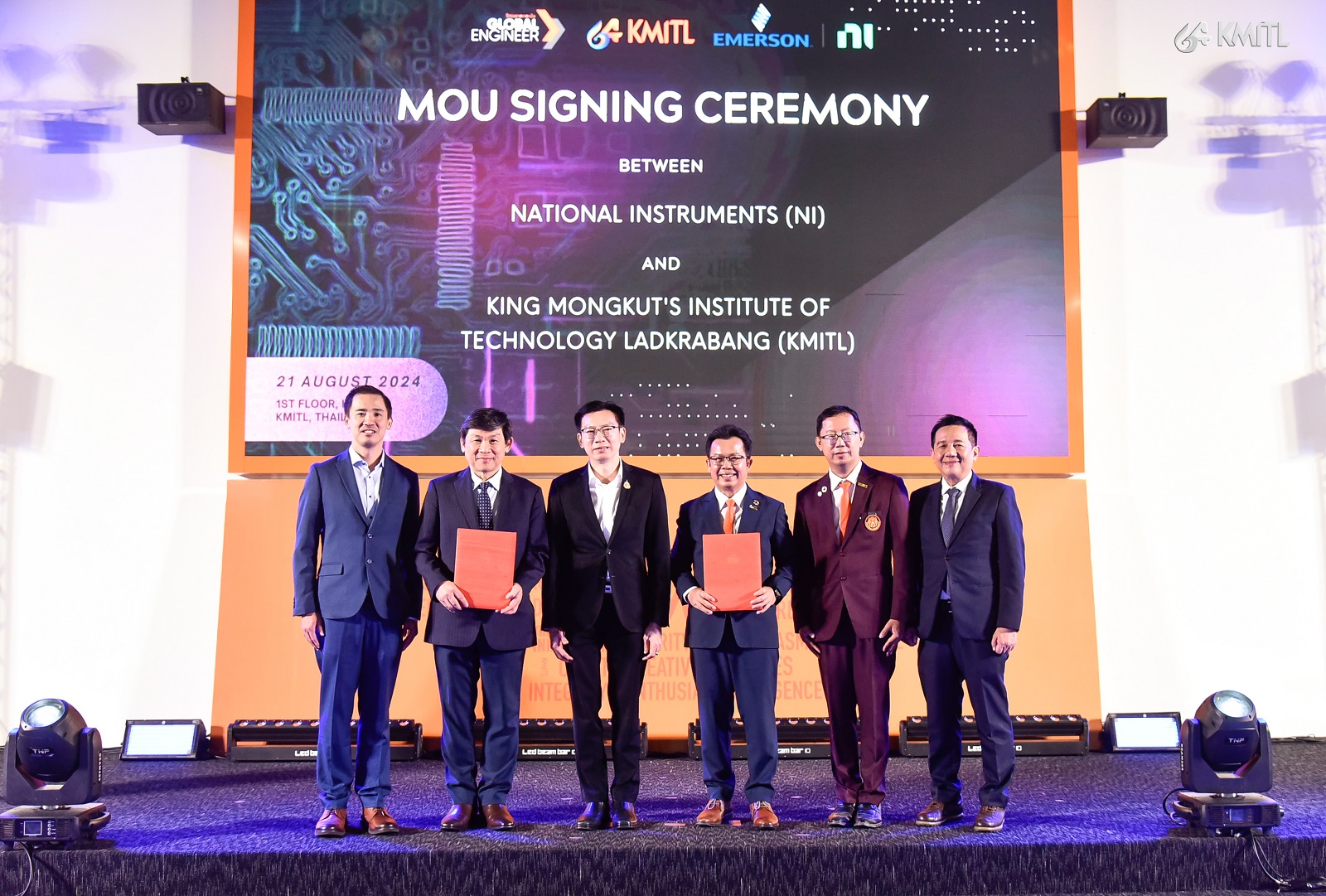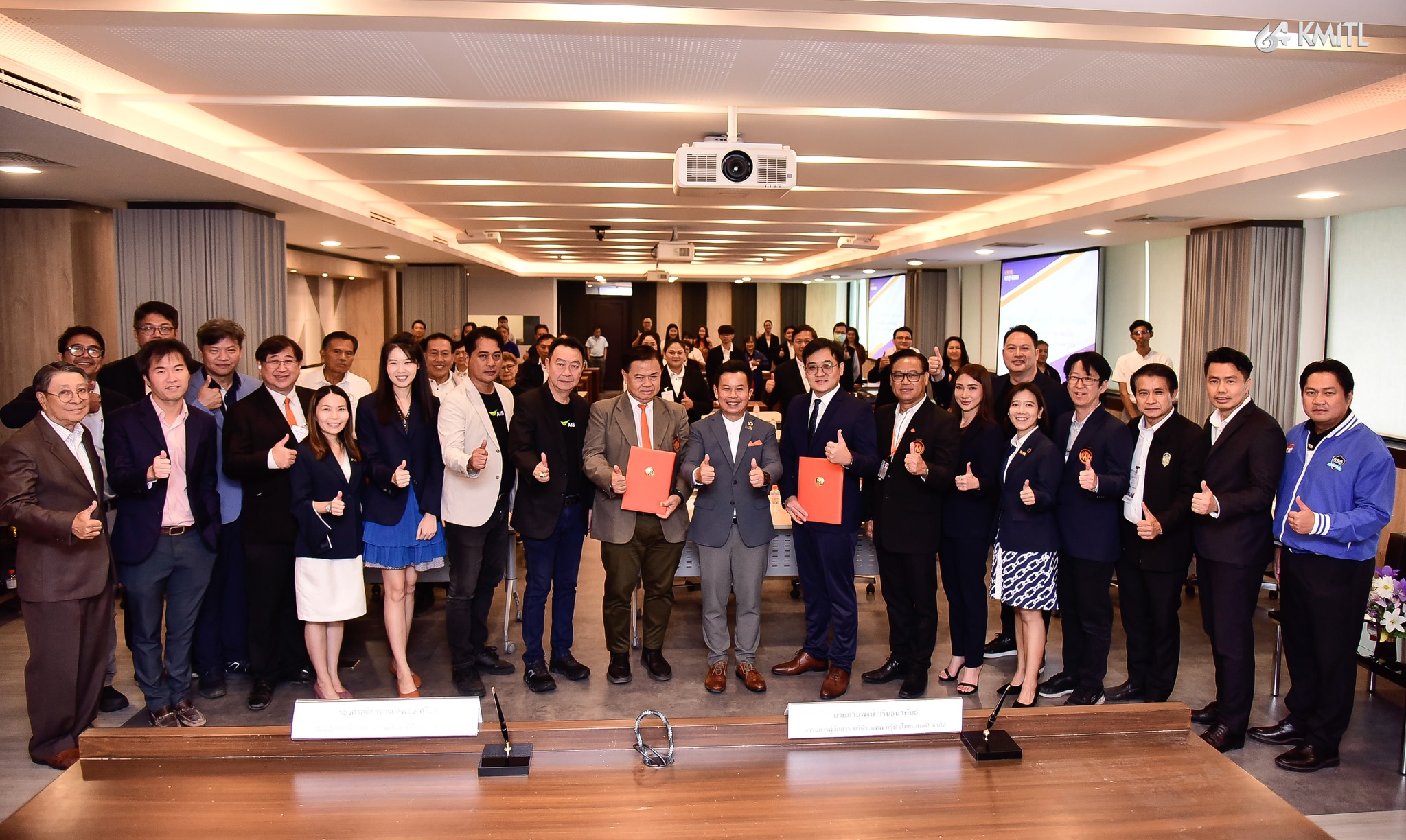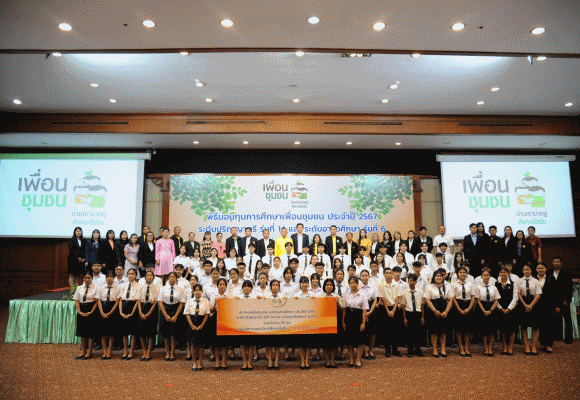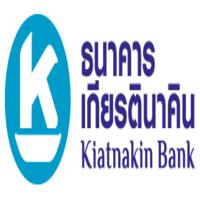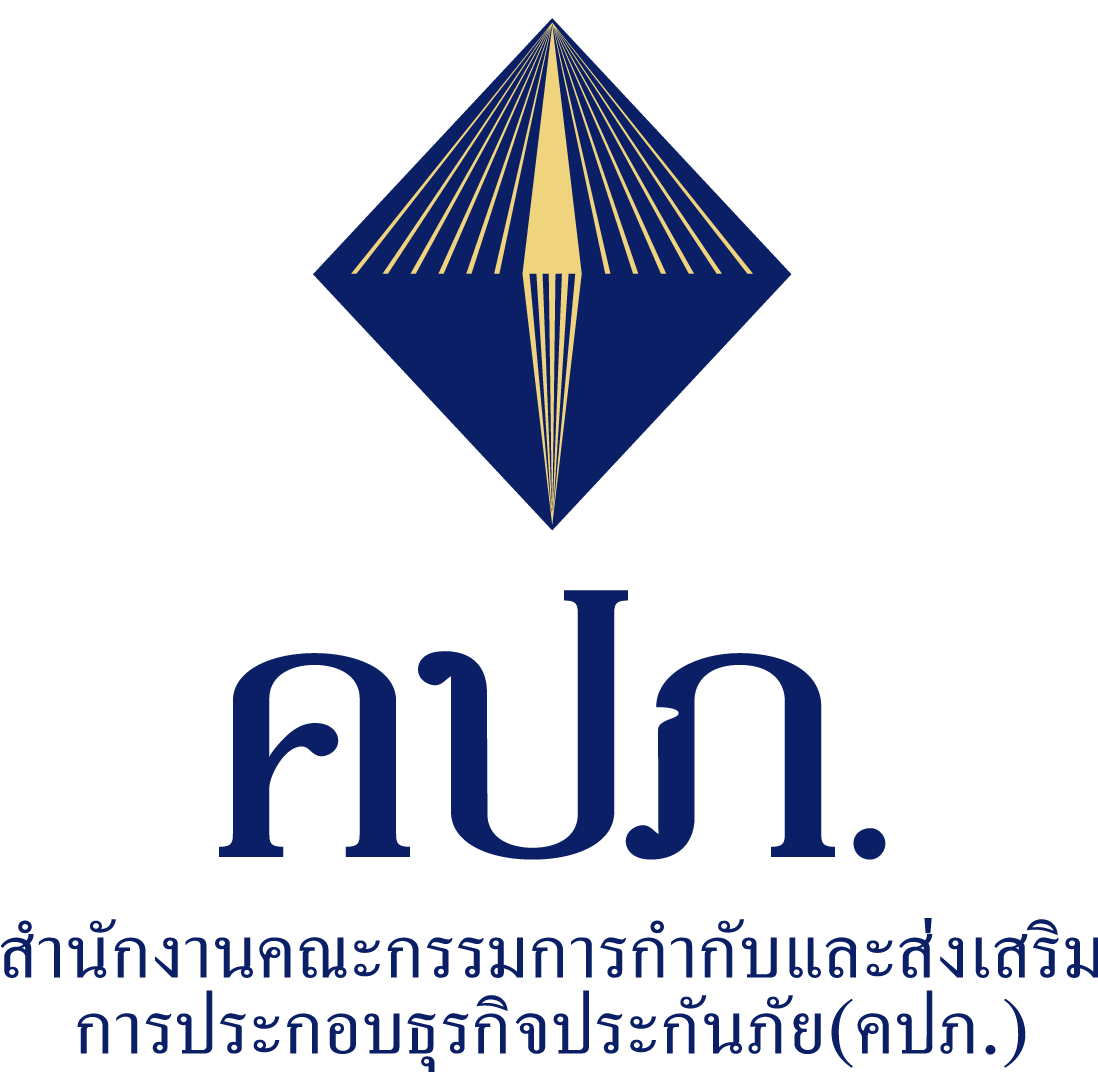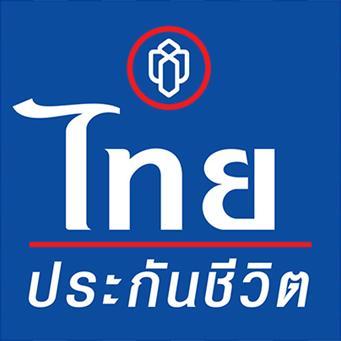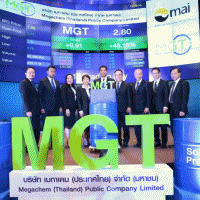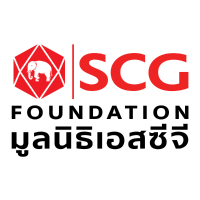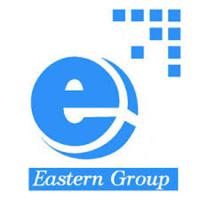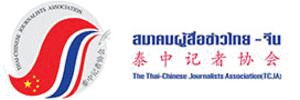- Details
- Category: ไอที-เทคโนฯ
- Published: Tuesday, 14 June 2016 18:54
- Hits: 2661
 ไซเบอร์ตรอน ชี้ภัยไซเบอร์มุ่งโครงสร้างพื้นฐานสำคัญของประเทศ แนะแนวทาง 3 ขั้นตอนในการเตรียมองค์กรให้พร้อมกับภัยคุกคามในอนาคตพร้อมจับมือเอสน็อคผู้ให้บริการการป้องกันดีดอสผ่านระบบคลาวด์
ไซเบอร์ตรอน ชี้ภัยไซเบอร์มุ่งโครงสร้างพื้นฐานสำคัญของประเทศ แนะแนวทาง 3 ขั้นตอนในการเตรียมองค์กรให้พร้อมกับภัยคุกคามในอนาคตพร้อมจับมือเอสน็อคผู้ให้บริการการป้องกันดีดอสผ่านระบบคลาวด์
ไซเบอร์ตรอน เผยภัยคุกคามทางไซเบอร์มุ่งโจมตีโครงสร้างพื้นฐานของประเทศ ระบุเว็บไซต์ของหน่วยงานรัฐในไทยต้องเผชิญการลักลอบเปลี่ยนหน้าเว็บเพจเกือบสองหมื่นครั้ง แนะทุกองค์กรต้องดำเนินการให้ครบ 3 ขั้นตอนเพื่อป้องกันภัยคุกคามทางไซเบอร์ในอนาคต พร้อมกับจับมือเอสน็อค ผู้ให้บริการการป้องกันการโจมตีแบบดีดอสผ่านระบบคลาวด์
นายปริญญา หอมเอนก ประธานเจ้าหน้าที่บริหารและกรรมการผู้จัดการใหญ่ บริษัท ไซเบอร์ตรอน จำกัด ผู้ให้บริการเฝ้าระวังภัยทางไซเบอร์ กล่าวว่า ปัจจุบันภัยคุกคามทางไซเบอร์มีมากขึ้นทุกวัน และมุ่งเน้นการโจมตีไปยังระบบคอมพิวเตอร์ที่ควบคุมโครงสร้างพื้นฐานที่สำคัญของประเทศ ระบบการเงินการธนาคาร รวมถึงระบบงานต่างๆ ของภาครัฐที่ให้บริการประชาชน โดยการโจมตีผ่านช่องโหว่ของระบบปฏบัติการ ช่องโหว่ของบราวเซอร์ และ แอพพลิเคชั่นต่างๆ หรือ โจมตีโดยโปรแกรมไม่ประสงค์ดีที่รู้จักกันในนาม ‘มัลแวร์’ (MalWare) ที่ถูกพัฒนาขึ้นมาใหม่อย่างต่อเนื่องและมีรูปแบบการโจมตีที่เปลี่ยนแปลงไปตลอดเวลา
สำหรับ ประเทศไทยภัยคุกคามด้านไซเบอร์เพิ่มสูงขึ้นมาก ทั้งจากการที่ระบบคอมพิวเตอร์ของไทยถูกใช้เป็นฐานในการโจมตีไปยังหน่วยงานอื่น หรือประเทศอื่น และทำให้เกิดความเสียหายต่อทั้งทรัพยากร ภาพลักษณ์ และความเชื่อมั่นต่อประเทศ ตัวอย่างที่แสดงได้อย่างชัดเจนก็คือ การเปลี่ยนแปลงหน้าเว็บเพจ (Web Defacement) โดยจากการรวบรวมข้อมูลพบว่า เว็บไซต์ของหน่วยงานภาครัฐต้องเผชิญการลักลอบเปลี่ยนแปลงหน้าเว็บเพจเกือบสองหมื่นครั้งหรือเกือบครึ่งของการเปลี่ยนแปลงหน้าเว็บเพจทั้งหมดของเว็บไซต์ที่จดทะเบียนในประเทศไทย
นอกจากความเสี่ยงจากการอาจถูกลักลอบเปลี่ยนแปลงหน้าเว็บเพจแล้ว ภัยคุกคามทางไซเบอร์ยังประกอบด้วย การติด’แรนซัมแวร์’ (Ransomware) ซึ่งเป็นไวรัสเรียกค่าไถ่ โดยใช้ข้อมูลเป็นตัวประกัน ทำให้ไม่สามารถเข้าถึงข้อมูลภายในเครื่องคอมพิวเตอร์ได้ ก่อให้เกิดความเสียหายได้ตั้งแต่ขัดขวางรบกวนการทำงาน จนถึง ลักลอบส่งข้อมูลส่วนบุคคลออกไปให้ผู้ไม่ประสงค์ดี เกิดการจารกรรมข้อมูลซึ่งเป็นความลับทางคอมพิวเตอร์ หรือ แม้กระทั่งการรบกวนการทำงานของระบบคอมพิวเตอร์เป้าหมาย อันเป็นเหตุให้ไม่สามารถให้บริการได้ด้วยเทคนิคการโจมตีแบบดีดอส (DDoS: Distributed Denial of Service)
“จะเห็นได้ว่า เราไม่อาจเลี่ยงการโจมตีทางไซเบอร์ได้อีกต่อไปแล้ว โดยเฉพาะเมื่อเรากำลังเข้าสู่เศรษฐกิจดิจิทัล องค์กรทั้งหลายต้องมีการเตรียมความพร้อม ป้องกัน และรับมือกับภัยคุกคามเหล่านั้นอย่างจริงจัง” นายปริญญา กล่าว
นายปริญญา กล่าวต่อไปว่า องค์กรต่างๆ ควรดำเนินงาน 3 ส่วน โดยอ้างอิงจาก นิสท์ เฟรมเวิร์ค ในการเพิ่มประสิทธิภาพของระบบรักษาความปลอดภัยทางไซเบอร์สำหรับโครงการพื้นฐานสำคัญ (NIST Framework for Improving Critical Infrastructure Cybersecurity) ดังต่อไปนี้
1.Identify & Protect เน้นไปที่ การป้องกัน โดยการตรวจสอบหาช่องโหว่ที่อาจมีในระบบ รวมถึงการทดสอบเจาะเข้าสู่ระบบ (Penetration Testing) ซึ่งหากพบช่องโหว่ในระบบก็จะดำเนินการแก้ไขให้ปลอดภัยเป็นครั้งๆ ไป
2.Detect เน้นไปที่ การเฝ้าระวังแบบ เรียลไทม์ โดยการตรวจสอบ วิเคราะห์ภัยคุกคามขั้นสูง การรวบรวมและศึกษาข่าวกรอง และการเฝ้าระวังภัยคุกคามที่อาจเกิดขึ้น
3.Respond เน้นไปที่ การตอบสนองต่อภัยคุกคามแบบเรียลไทม์ การจัดทำแผนตอบสนองต่อภัยคุกคาม (Incident Response Plan) ตามขั้นตอนที่ได้รับการกำหนดไว้ การสืบสวนทางดิจิทัลและนิติวิทยาศาสตร์ การวิเคราะห์หาต้นเหตุของภัยคุกคามที่เกิดขึ้น รวมถึงการประสานงานไปยังหน่วยงานที่เกี่ยวข้องเพื่อดำเนินงานตามขั้นตอนของกฎหมาย
ทั้งนี้ ในปัจจุบันเมื่อบุคคลหรือองค์กรทั่วไปคิดถึงเรื่องความปลอดภัยทางไซเบอร์แล้ว มักจะเน้นดำเนินการในขั้นตอนการป้องกัน (Protect) เท่านั้น แต่จะละเลยการเตรียมความพร้อมในส่วนของการเฝ้าระวัง (Detect) และ การตอบสนอง (Respond) โดยทั้งสองส่วนนี้มีความสำคัญอย่างมากในปัจจุบันและอนาคต เนื่องจากเป็นขั้นตอนที่ทำให้องค์กรสามารถบูรณาการความพร้อมเพื่อรับมือกับภัยคุกคามได้อย่างยั่งยืน
สำหรับ การบริการของ ไซเบอร์ตรอน ซึ่งมุ่งเน้นการให้บริการเฝ้าระวังภัยคุกคามทางไซเบอร์ภายใต้แนวความคิด เรสปอนซีพ ซิเคียวริตี้ (Responsive Security) ซึ่งมี ‘เวลา’ เข้ามาเป็นตัวแปรเกี่ยวข้องกับการให้บริการ ทั้งในขั้นตอนของการป้องกัน การตรวจจับ และการตอบสนอง โดยจะสามารถเติมเต็มความพร้อมในการรับมือต่อภัยคุกคามทาง ไซเบอร์ในอนาคตได้ด้วยบริการ’ไซเบอร์ 911’ (Cyber 911) ตั้งแต่การจัดเก็บข้อมูลการจราจรทางคอมพิวเตอร์ (Traffic Log) จนถึงขั้นตอนของการวิเคราะห์และเฝ้าระวังภัยคุกคาม ตลอดจนการตอบสนองต่อภัยคุกคามตามขั้นตอนที่ได้วางแผนไว้ก่อนล่วงหน้า (Incident Response Plan)
นายปริญญา กล่าวต่อว่า บริษัท ไซเบอร์ตรอน ยังได้ร่วมมือกับบริษัท เอสน็อค เพื่อนำเสนอการบริการรักษาความปลอดภัยทางไซเบอร์อย่างครบวงจร โดยเอสน็อค เป็นผู้ที่ความเชี่ยวชาญในการป้องกันภัยคุกคามแบบดีดอสที่กำลังเป็นภัยคุกคามที่สร้างความเสียหายให้องค์กรธุรกิจค่อนข้างสูง และมีแนวโน้มเพิ่มขึ้นอย่างต่อเนื่อง
ด้านนายวิศรุต มานูญพล ผู้อำนวยการฝ่ายเทคโนโลยี บริษัท ซีเคียว เน็ตเวิร์ค โอเปอเรชั่น เซ็นเตอร์ จํากัด หรือ เอสน็อค ผู้ให้บริการป้องกันภัยคุกคามไซเบอร์รูปแบบดีดอส (Distributed Denial of Service:DDoS) บนเทคโนโลยีคลาวด์ เปิดเผยว่า ดีดอส เป็นภัยการคุกคามอีกรูปแบบหนึ่งที่ก่อความเสียหายต่อระบบคอมพิวเตอร์สูง เป็นการโจมตีที่ทำให้เครื่องแม่ข่ายหรือเครือข่ายที่ให้บริการไม่สามารถให้บริการได้ตามปกติ หรือทำให้เส้นทางการเชื่อมต่อเต็ม ซึ่งเกิดจากเป็นการโจมตีจากหลายจุดพร้อมกัน โดยจากผลการสำรวจของการ์ทเนอร์ในปี 2557 พบว่า มูลค่าความเสียหายที่เกิดจากระบบเครือข่ายล่ม เฉลี่ยนาทีละ 5,600 ดอลลาร์สหรัฐ หรือประมาณ 200,000 บาท และจากผลการสำรวจของสถาบันโพเนมอน (Ponemon Institute) พบว่า สาเหตุการหยุดทำงานของระบบไอที (Unplanned Outage) ที่เกิดจาก ดีดอส นั้นเป็นอันดับ2 นอกจากนั้นบริษัทฯ ยังพบว่า องค์กรต่างๆ กว่าจะทราบว่าระบบไม่สามารถใช้งานได้เนื่องจากถูกโจมตีด้วยดีดอส ต้องใช้เวลาเฉลี่ยถึง 2 ชั่วโมง ซึ่งองค์กรในประเทศไทยกว่าร้อยละ 80 ยังไม่มีการป้องกันดีดอส
“บริษัทฯ จึงเปิดให้บริการการป้องกันภัยไซเบอร์ดีดอสสำหรับทุกองค์กร ทุกธุรกิจ ทุกบริษัท ทั้งหน่วยงานราชการและเอกชนทุกแห่งในประเทศไทยให้มีความปลอดภัยจากการโจมตีชนิดนี้ และบริษัทฯ ยังได้เปิดตัวเอสน็อค เวอร์ชั่น 3.0 (Snoc version 3.0) ที่ทำให้บริษัทฯ เป็นผู้ให้บริการการป้องกันดีดอสรายแรกในประเทศไทยที่สามารถป้องกันได้ทุกระบบ ไม่ว่าระบบนั้นจะเป็นเว็บ ดีเอ็นเอส หรือแอพพลิเคชั่นใดๆก็ตาม” นายวิศรุต กล่าว
ทั้งนี้ บริษัทฯ มีระบบเครือข่ายในรูปแบบคลาวด์ที่มีอยู่ 10 แห่งทั่วโลก และรวมกันมีช่องทางการเชื่อมต่อที่มากกว่า 1.44 เทราไบต์ต่อวินาที (Tbps) โดยที่ลูกค้าไม่จำเป็นต้องลงทุนติดตั้งอุปกรณ์ ไม่ต้องเปลี่ยนผู้ให้บริการอินเทอร์เน็ตและไม่ต้องย้ายเครื่องเซิร์ฟเวอร์
นายวิศรุต กล่าวต่อว่า จากการที่ภัยคุกคามทางไซเบอร์มีหลากหลายรูปแบบมากขึ้น ทางบริษัทฯ จึงได้จับมือกับบริษัท ไซเบอร์ตรอน ซึ่งเป็นผู้เชี่ยวชาญด้านการรักษาความปลอดภัยทางไซเบอร์ ในการให้บริการลูกค้าอย่างครบวงจรใน 3 ขั้นตอน คือ การเฝ้าระวังหรือการตรวจจับ การตอบสนอง และการป้องกัน และยังครอบคลุมภัยคุกคามอื่นๆอีกด้วย
ในส่วนของยอดขายของทั้งสองบริษัทฯ นายปริญญากล่าวว่า ไซเบอร์ตรอน คาดว่าจะมียอดขายในปี 2559 ที่ 100 ล้านบาท โดยมีกลุ่มลูกค้าเป้าหมาย อาทิ กลุ่มสถาบันการเงิน ธนาคาร รัฐวิสาหกิจ ราชการ และกลุ่มองค์กรธุรกิจเอกชนขนาดใหญ่
ส่วนนายวิศรุต กล่าวว่า เอสน็อค คาดว่าในปี 2559 จะมียอดขายที่ 100 ล้านบาท จากลูกค้ากลุ่มสถาบันการเงิน ธนาคาร ราชการ และกลุ่มองค์กรธุรกิจขนาดใหญ่ นอกจากนั้นได้ตั้งเป้ากลุ่มตลาดใหม่ ได้แก่ ผู้ให้บริการหรือไอเอสพี ผู้ให้บริการอินเตอร์เน็ต ดาต้า เซ็นเตอร์หรือไอดีซี ตลอดจนผู้ให้บริการเกมส์ออนไลน์ ผู้ให้บริการสตรีมมิ่ง และผู้ให้บริการระบบคลาวด์
Cybertron Indicates Cyber Threats Aim at Key National Infrastructures Suggesting 3 Guidelines to Prompt Organizations for Future Threats Teams Up with Snoc to Offer Cloud-based DDoS Protection
Cybertron alerts that cyber threats are aiming at national infrastructure as the websites of government agencies in Thailand are facing almost 20,000 web defacements. All organizations need to execute 3 processes to prevent future cyber threats. It also announces the collaboration with Snoc, the provider of Cloud-based DDoS Protection Service.
Mr. Prinya Hom-anek, CEO and Managing Director of Cybertron Co., Ltd. (the provider of cyber threat alerting service), said “The current numbers of cyber threats is increasing and the attacks aim at computer system controlling key infrastructure of the country, financial and banking institutes, and working systems for public services. The attacks are done through vulnerabilities in operating systems, browsers and applications. The malware attacks are also being developed with constant changes in attacking patterns.
For Thailand, the numbers of cyber threats are sharply increasing because computer systems in Thailand will be used as bases to attack other agencies or countries. These attacks create damages in terms of resources, images and national confidence. The most prominent sample is Web Defacements which are accounted at almost 20,000 hits among government agencies or almost half of Web Defacements of websites registered in Thailand.
Besides the risks to Web Defacements, other cyber threat includes Ransomware which demands ransom to get access to data. This could disrupt workflows and steal personal data to hackers so confidential data and working processes of targeted computers could be hacked. In other word, the attacking method “DDoS (Distributed Denial of Service)” will disrupt services.
“It is clear that we can no longer avoid cyber attacks, especially when we are currently entering digital economy. Therefore, organizations need to actively get ready, prevent and handle these threats.”
Mr. Prinya continued, “Organizations should rely on the following 3 guidelines based on NIST Framework for Improving Critical Infrastructure Cybersecurity:
1. ‘Identify & Protect’ to focus on prevention by monitoring possible system vulnerabilities and performing penetration testing. In case vulnerabilities are found, security improvement must be executed.
2. ‘Detect’ to focus on real-time alerts by monitoring and analyzing advanced threats, gathering and studying intelligences and staying active on possible threats
3. ‘Respond’ to focus on responding threats on real-time basis, preparing Incident Response
Plans, digital investigations and forensic science, analyzing threat origin and collaborating with related parties for legal processes.”
Today, when it comes to cyber security, individuals and organizations will focus only on ‘Protect’ and ignore ‘Detect’ and ‘Respond’ which are critical to current and future situation as they could enable organizations to integrate preparations to sustainably handle threats.
Cybertron’s services focus on alerts on cyber threats under the concept 'Responsive Security' which involves “time” as a variable for services during prevention, monitoring and responding processes. Cybertron can enhance the preparations for cyber threats in the future with service like “Cyber 911” to handle processes ranging from traffic logs to threat analysis and alerts as well as performing Incident Response Plans.
Mr. Prinya went on that Cybertron is now teaming up with Snoc to offer consultation services on one-stop cyber securities. Snoc is an expert on prevention of DDoS which could cause high level of damages for business organizations at the alarming rate.
Mr. Visrut Manunpon, Chief Technical Officer of Secure Network Operation Center Co., Ltd. (Snoc) (the provider of cloud-based DDoS protection), said “DDoS is one of the most destructive threats for computer system as it disrupts services of servers and networks or create bottlenecks for connection. This attack simultaneously strikes from multiple points. According to Gartner Group, the average cost of network downtime was USD 5,600 or 200,000 baht per minute in 2014. The survey by Ponemon Institute showed that DDoS was ranked # 2 for the cause of Unplanned IT Outage. Moreover, it takes more than 2 hours for attacked organization to be aware that DDoS got them and over 80% of organizations in Thailand are not protected against DDoS.
Mr. Visrut added “Therefore, we offer DDoS protection service for all organizations, businesses and companies both public and private sectors in Thailand. We also introduce Snoc version 3.0 which prompts us as the first provider of DDoS protection service in Thailand for any platforms, whether it be website, DNS or applications.”
Snoc features 10 cloud-based networks across the globe with total connection channels of over 1.44 Tbps so customers do not need to install equipment, change ISP or migrate server.
He elaborated “With more patterns of cyber threats, we join force with Cybertron which is an expert on cyber security to offer comprehensive services in 3 steps including ‘Identify & Protect’, ‘Detect’ and ‘Respond’. Therefore, other threats can also be covered.”
In terms of sales volume of both companies, Mr. Prinya said “Total sales volume of Cybertron in 2016 would be 100 million baht and our target customers include financial institutions, banks, state enterprises, government and large enterprises.”
Mr. Visrut concluded “In 2016, our sales volume would hit 100 million baht from customers in financial, banking, government sectors as well as large enterprises. Moreover, we will tap new markets such as data centers and service providers of internet, online games, streaming and cloud system.”










